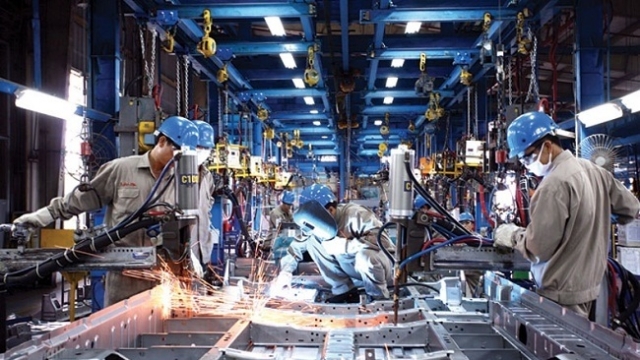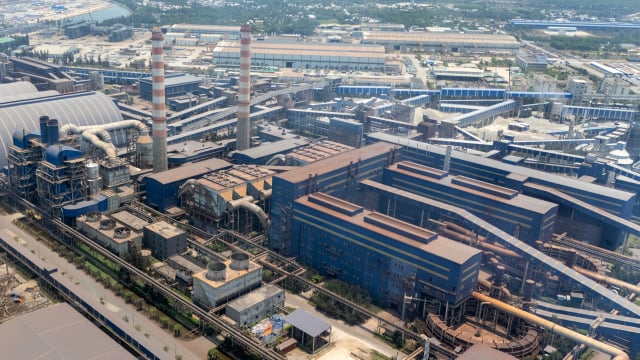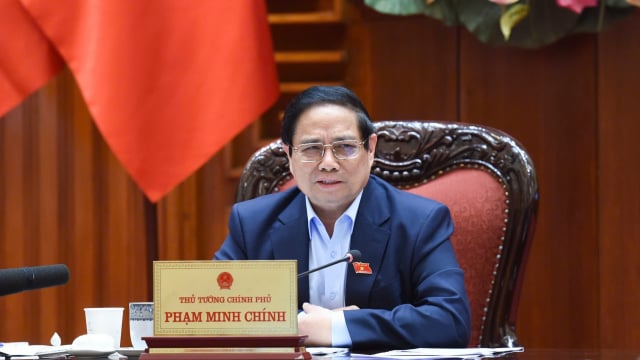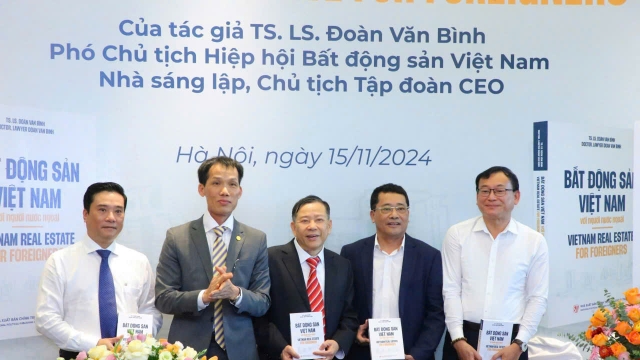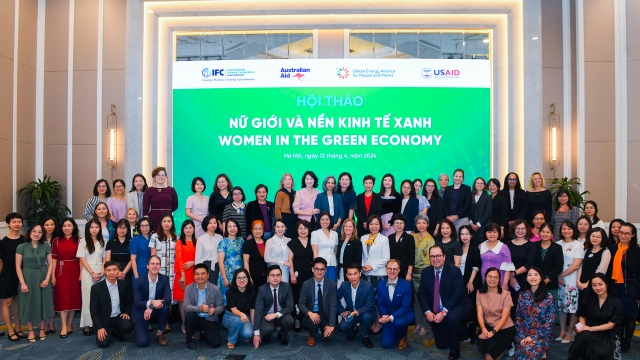National Focus
Vietnamese manufacturers complete solid second quarter in June
Despite the shadow of US-China trade tensions, Vietnam posted strongest new order growth
The Vietnam Manufacturing Purchasing Managers’ Index (PMI) posted 52.5 in June, up from 52.0 in May and in line with the reading from April, according to analytics and solutions provider IHS Market.
The average PMI reading for the second quarter of 2019 was above that seen in the first three months of the year, albeit remaining short of the 2018 average.
Vietnamese manufacturers continued to record solid growth of new orders in June, with the rate of expansion ticking up to a six-month high. The launch of new products and increased customer numbers are said to be factors prompting the rise.
“The Vietnamese manufacturing sector continues to bob along nicely midway through 2019. The second quarter of the year saw solid growth that was broadly stable across the period and an improvement on the first quarter. Ongoing strength in demand encouraged firms to fill positions that had been vacated by resigning staff in May, leading to a return to job creation,” said Andrew Harker, associate director at IHS Markit.
Less positive data, meanwhile, was seen with regards to new export orders, which rose at the slowest pace since February. The US-China trade tensions are believed to impact negatively on export orders.
“One concern outlined by some firms was the US-China trade issues, which contributed to a moderation of export growth and weaker business confidence,” noted Harker.
Higher new orders was the key factor leading to a nineteenth successive monthly rise in manufacturing production in Vietnam. The upturn in output was solid, and broadly in line with those seen during the rest of the second quarter.
Continued marked new order growth led to a rise in backlogs of work in June, the first in 2019 so far. Firms responded to higher workloads by taking on extra staff and purchase additional inputs in June.
Input prices, meanwhile, rose at a relatively modest pace in June, and one that was the softest in three months. Where input costs did rise, higher market prices for items such as oil and gas were the justification. Relatively weak input cost inflation meant that manufacturers were able to lower their output prices again. Charges have now decreased in seven successive months, with the rate of decline broadly stable throughout the second quarter.
Although manufacturers remained optimistic that output will increase over the coming year, the level of confidence dropped sharply in June and was the lowest since February.
PMI drops to ten-month low but business confidence rebounds
Resolution 68: A turning point in Vietnam's private sector policy
As Vietnam sets its sights on becoming a high-income country by 2045, Resolution 68 lays a crucial foundation. But turning vision into reality requires not only good policy - but also unwavering execution, mutual trust and national unity.
Vietnam plans upgrade of Gia Binh airport to dual-use international hub
Vietnam plans to upgrade Gia Binh Airport in Bac Ninh province into a dual-use international airport to support both military and civilian operations, the government said on Friday.
Lives under the scorching sun: Outdoor workers racing against climate change
Under unforgiving conditions, the outdoor workers - the backbone of urban economies - endure the harshest impacts of climate change while remaining overlooked by social safety nets. Their resilience and struggles highlight the urgent need for better protection in the face of rising temperatures and precarious livelihoods.
CEO Group chairman unveils guide to Vietnam real estate for foreigners
Doan Van Binh, Chairman of CEO Group and Vice President of the Vietnam National Real Estate Association, introduced his latest book, “Vietnam Real Estate for Foreigners,” at a launch event in Hanoi on Friday.
Women leading the charge in Vietnam's green transition
Acting for increased women’s participation and leadership in climate action, Vietnam can accelerate a transition that is more inclusive, just, and impactful.
Steam for girls: A journey of passionate and creative girls
The "Steam for girls 2024" competition provides a creative platform for Steam and an opportunity for students to connect with peers from various regions within Vietnam and internationally.















